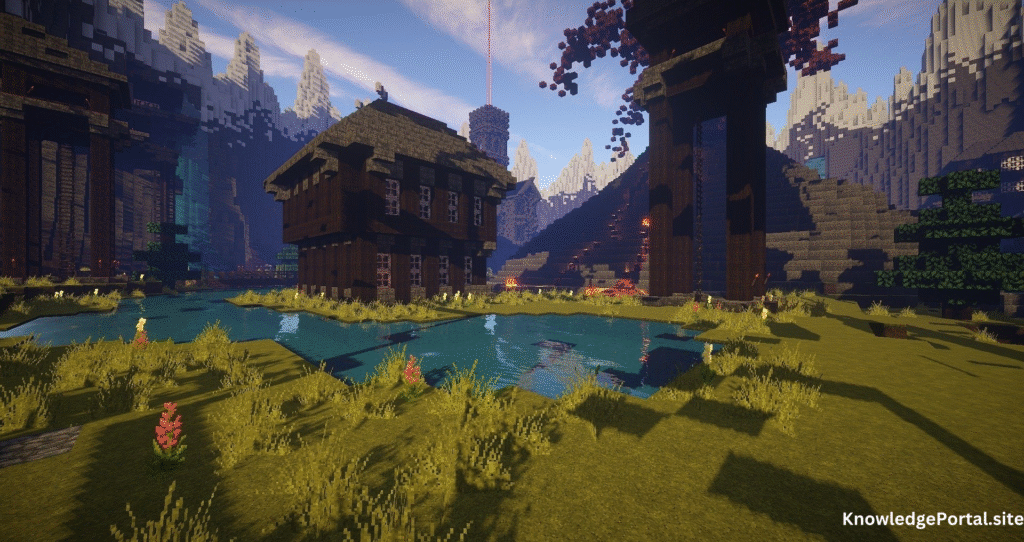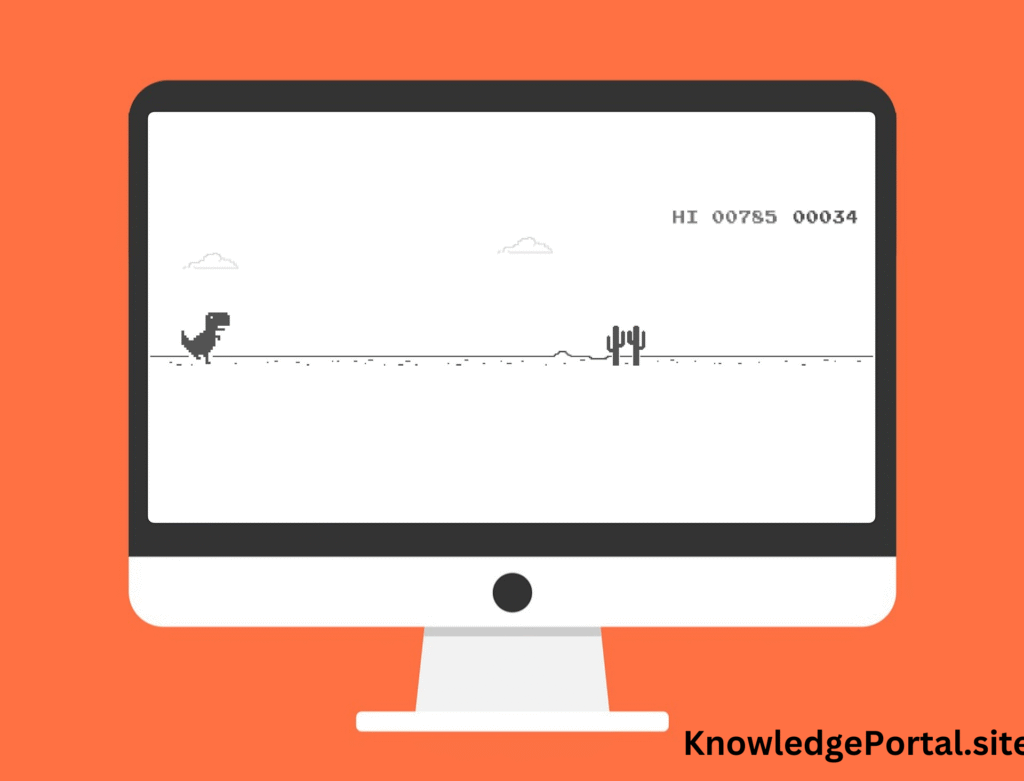Early in the 2000s, educational computer games were experiencing a golden period as they combined fun with learning and set the foundation for the edutainment sector we know today. Early 2000s educational games offered children unforgettable learning opportunities whether they were solving puzzles with Carmen Sandiego, honing math skills with Number Munchers, or discovering ancient civilizations using The Oregon Trail. Deeply researching the realm of early 2000s educational computer games, this paper investigates their influence, development, and legacy.
Why Early 2000s Educational Games Were Special?
In terms of technology and education, the early 2000s were singular. Homes and businesses were increasingly featuring computers, and developers were starting to investigate the enormous possibilities of digital learning. Unlike modern mobile apps and subscription-based systems, early 2000s educational games were generally sold as CD-ROMs, meant for Windows or Mac operating systems, and placed straight onto home or classroom PCs.
To teach children basic disciplines such math, reading, science, and history, these games mixed vibrant graphics, interesting narratives, and interactive gameplay. Often grounded on curriculum guidelines, they gave parents and teachers hope that the materials were not only enjoyable but also academically solid.
Early 2000s iconic educational computer games
Let’s review some of the most famous early 2000s educational computer games remaining relevant for millennials and Generation Z.
1. The Oregon Trail.
Though it started earlier, The Oregon Trail saw revised versions in the early 2000s that improved the graphics and included fresh gameplay elements. As they led a wagon train across the American West, this game taught players about 19th-century pioneer life, decision-making, and resource management.
2. Carmen Sandiego Series
“Where in the World is Carmen Sandiego?” was a cultural phenomenon not merely a game. As they followed the elusive burglar all around, it taught geography, history, and critical thinking. The game has several versions and stayed hot far into the early 2000s.
3. Series of Jump starts
Grade level defined the JumpStart instructional games: JumpStart Kindergarten, JumpStart First Grade, and so forth. Wrapped in engrossing narratives and mini-games, each edition presented age-appropriate education in arithmetic, reading, and science.
4. Author Rabbit for Readers
Another mainstay of the early 2000s was Reader Rabbit, a show designed to teach young children reading and problem-solving techniques. Reader Rabbit was fun as well as instructive with its endearing characters, lively music, and vivid images.
5. Math Blaster
Math Blaster was the go-to game for children who loved arithmetic and action. To fly down extraterrestrial invaders, negotiate spaceships, and solve riddles, players worked through arithmetic challenges. Long before the word gained popularity, it was a shining illustration of gamified learning.
The Role of Educational Software Developers
Companies like The Learning Company, Knowledge Adventure, Humongous Entertainment, and Broderbund dominated the market during this era. Their focus on combining educational standards with compelling game mechanics led to a new genre of software that was both parent-approved and kid-approved.
These developers understood that to keep a child’s attention, the educational component had to be woven seamlessly into the gameplay. They created characters, stories, and worlds that made learning feel like play, a concept that would influence modern edtech platforms like ABCmouse, Khan Academy, and Duolingo.
Early 2000s Educational Computer Games: 1. Engaged Learning
When learning took place in a game format, children were more likely to keep engaged and remember material. These games profited from tactile, visual, and aural learning environments.
2. Education in Self- Pace
Children with varying learning styles or abilities would especially benefit from most early 2000s educational games since most let users advance at their own pace.
3. Problem-Solving and Critical Thought
Unlike rote memorization, these games promoted strategic thinking, pattern recognition, and logical reasoning—skills still highly prized in the digital economy of today.
4. Digital Literacy
Early computer and software exposure through instructional games helps kids grow at ease with technology, a necessary ability in the twenty-first century.
The Genre’s Decline and Evolution
Despite their success, various reasons caused early 2000s educational computer games to start to fade in the late 2000s:
From CD-ROMs to web and mobile devices
Growing usage of standardized testing in educational institutions, therefore distancing the emphasis from game-based learning.
The proliferation of free internet materials and apps, which made it challenging for top game creators to compete
Still, the legacy of these first games endures. Modern e-learning systems and educational apps have embraced several ideas like gamification, narrative, and interactive materials.
Cultural Influence and Nostalgia
Millennials and Gen Zers especially remember the days of playing instructional games on large desktop computers at home or at school computer labs. Their memories capture the sound of a dial-up connection, the whirl of a CD-ROM drive, and the vibrant interfaces of these games.
There are nostalgic conversations about these games abound in online forums and Reddit posts. Walkthroughs and retrospectives abound on YouTube channels; even game archives include emulators that let one enjoy again. These instructional games have become a landmark for digital nostalgia because of their emotional connection.
The Evolution of Entertainment in Education
Early 2000s educational computer game successes showed that learning doesn’t have to be dull. Modern systems improve the learning process by include artificial intelligence, adaptive learning routes, and real-time comments. Still, these developments owe a debt to the early 2000s visionaries who ventured to combine entertainment with learning on a digital screen.
Eventually
Early 2000s educational computer games were a formative period for education as well as technology. It opened the path for today’s advanced edtech solutions by producing not only entertaining but also really informative games. Looking back, we see these games as more than just kid entertainment; they were the first steps toward a time when learning will be interactive, fun, and engaging.
Whether you’re a curious researcher or a sentimental adult, reviewing these classic books reminds us that knowledge and fun don’t have to be at odds—they can coexist to produce very unique experiences.